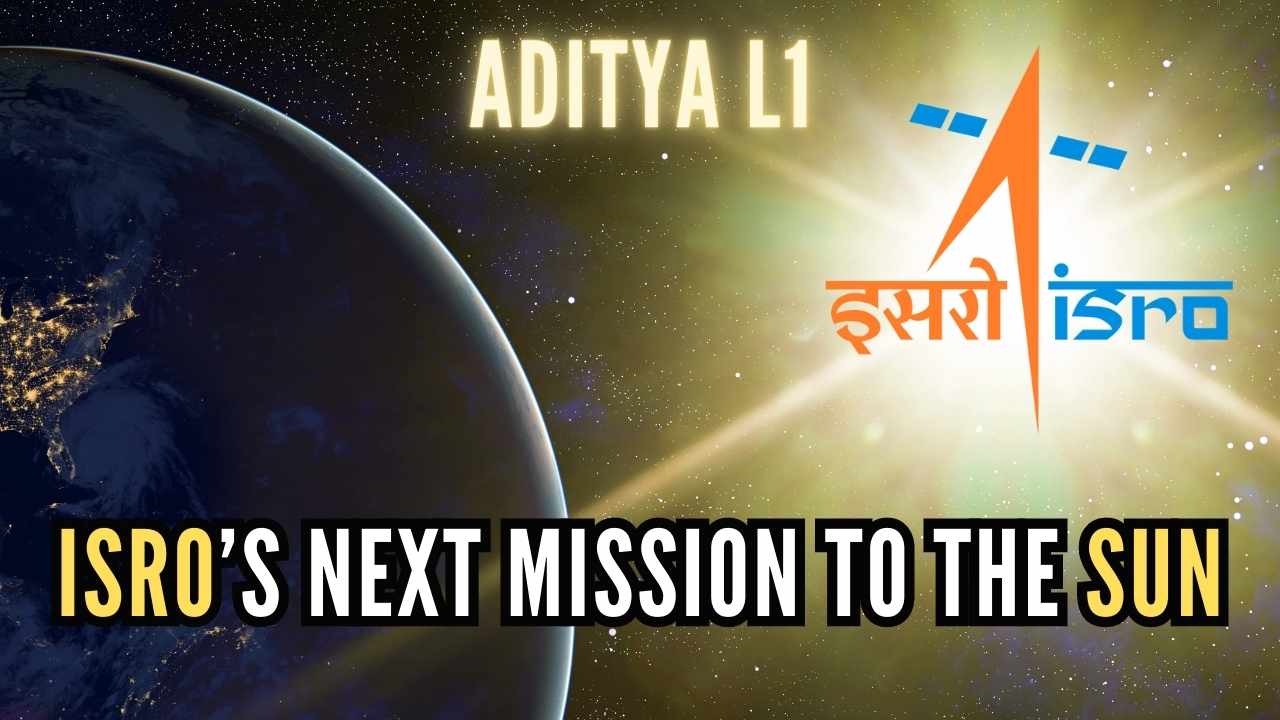L1, 1.5 million kilometers from Earth, is a unique and strategic location in space because it will provide the Aditya-L1 spacecraft with an uninterrupted view of the Sun for the next five years.
Aditya-L1, India’s first space-based solar observatory, will arrive at its destination today (January 6, 2024). ISRO plans to launch its first solar mission into a halo orbit around the Sun-Earth Lagrange Point 1 (L1). Aditya-L1 is scheduled to arrive at L1 at 4 p.m. IST on January 6.
Aditya-L1 will not simply stop when it reaches the Lagrange point. Manish Purohit, a former ISRO scientist, told The Ultimate News Live that it will perform a slow and graceful dance around that point.
Here are 20 interesting facts about Aditya-L1
- L1, 1.5 million kilometers from Earth, is a unique and strategic location in space because it will not only provide the Aditya-L1 spacecraft with an uninterrupted view of the Sun’s outer atmosphere or corona for the duration of its mission, but will also allow the vehicle to conserve energy and save fuel.
- The reason for this is that at L1, the gravitational forces exerted on Aditya-L1 by the Sun and Earth will balance the centripetal force required by the spacecraft to keep moving around the location in the vicinity of the Sun and Earth.
- There are no eclipses or occultations at L1.
- Aditya-L1 will simply hover in the halo orbit because the forces will be balanced at L1.
- The Sun-Earth distance is approximately 150 million kilometers, and the distance between the Aditya-L1 spacecraft and the Earth will be 1.5 million kilometers. This implies that the distance between Aditya-L1 and the Sun is approximately 148.5 million kilometers.
- Because Aditya-L1 will be 148.5 million kilometers away from the Sun, it will be able to observe it without coming into contact with its scorching heat.
- Aditya-L1 was launched on September 2, 2023, and it took 127 days to get close to its destination.
- Aditya-L1 performed the ‘Trans-Lagrangian Point 1 Insertion’ maneuver on September 19, 2023, after which the spacecraft entered the trajectory that will take it to Sun-Earth L1. Aditya-L1 left Earth’s gravitational field on that day. After Mangalyaan-1, it is India’s second spacecraft to leave Earth’s gravitational field.
- Aditya-L1’s mission will last five years.
- The spacecraft has seven payloads, four of which are remote sensing instruments and three of which are in-situ instruments. Visible Emission Line Coronagraph (VELC), Solar Low Energy X-ray Spectrometer (SoLEXS), Solar Ultraviolet Imaging Telescope (SUIT), and High Energy L1 Orbiting X-ray Spectrometer (HEL1OS) are the remote sensing payloads. Aditya Solar Wind Particle EXperiment (ASPEX), Plasma Analyzer Package for Aditya (PAPA), and Advanced Tri-axial High Resolution Digital Magnetometers are the in-situ payloads.
- So far, Aditya-L1 has measured high-energy particles, captured its first high-energy X-rays from solar flares, measured energy variations in protons and alpha particles, and captured full-disk images of the Sun in near-ultraviolet wavelengths.
- Aditya-L1 is expected to provide critical information about the problem of coronal heating, space weather dynamics, solar flares, and particle and field propagation in the interplanetary medium.
- The payloads on Aditya-L1 have been tuned in such a way that they can observe the solar atmosphere, particularly the chromosphere and corona, as well as conduct experiments to better understand the local environment at L1.
- Nuclear fusion reactions take place inside the 4.5 billion-year-old star. The findings of Aditya-L1 could help scientists better understand these reactions and how they power the Sun. The core of the Sun has a temperature of about 15 million degrees Celsius, and the photosphere has a temperature of about 5,500 degrees Celsius. Aditya-L1 will also investigate the causes of this temperature difference.
- Aditya-L1 can provide insights into how solar activities impact space weather in real time by studying changing environmental conditions in space.
- When particles and magnetic fields from the Sun are directed towards the planet, the charged particle environment and the nature of magnetic fields near the planet change. Because these explosive phenomena can have an impact on space assets, it is critical to send spacecraft that will conduct experiments to better understand the impact of solar activity on space weather in real time. One such solar mission is Aditya-L1.
- The spacecraft’s ability to study high-energy particles originating from the Sun will be unaffected by the distance between Aditya-L1 and the Sun. Protons and electrons are high-energy particles emitted by the Sun. These particles can provide scientists with crucial information about the Sun’s dynamic behavior.
- Aditya-L1 is the first spacecraft to resolve the solar disk spatially in the near-ultraviolet band. The solar disk is the Sun’s visible, circular surface. Spatial resolution is a measurement of the smallest object that a sensor can resolve, allowing two neighboring structures to be distinguished as distinct.
- Aditya-L1 will investigate solar coupling, which refers to the strong connection formed by the highly conducting solar atmosphere between the solar magnetic field and the Sun.
- Halo orbits are paths that are not perfectly circular or oval. They resemble lopsided shapes known as lissajous figures. The distance between the two farthest points on these orbits is 13 lakh kilometers.

